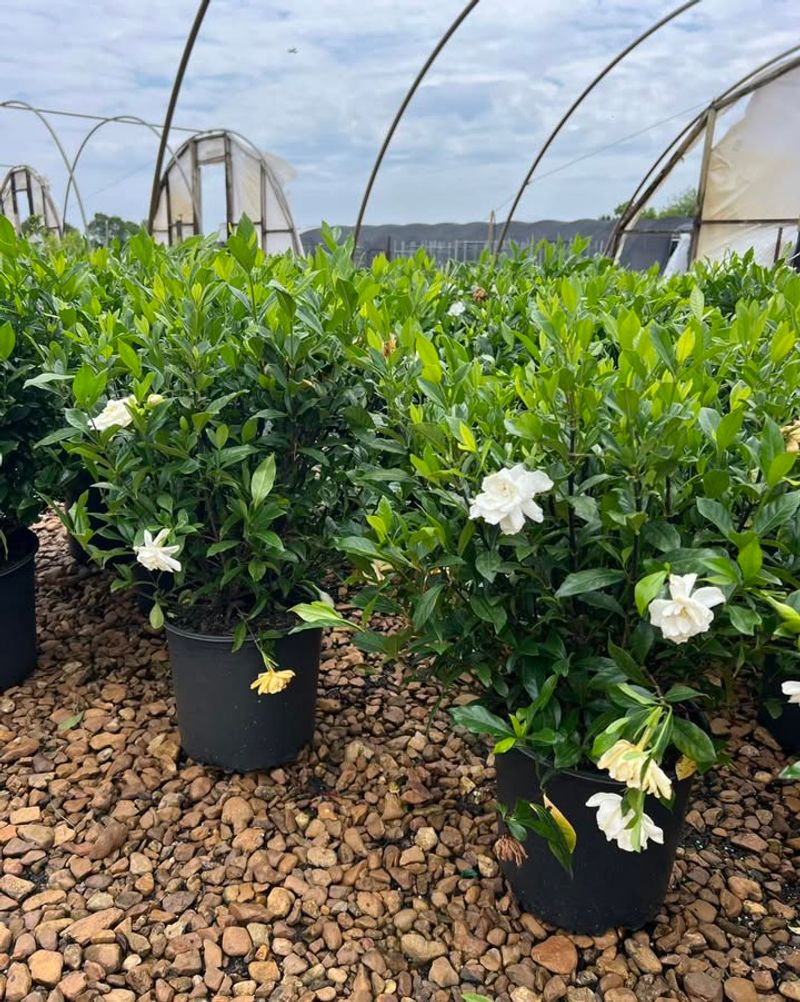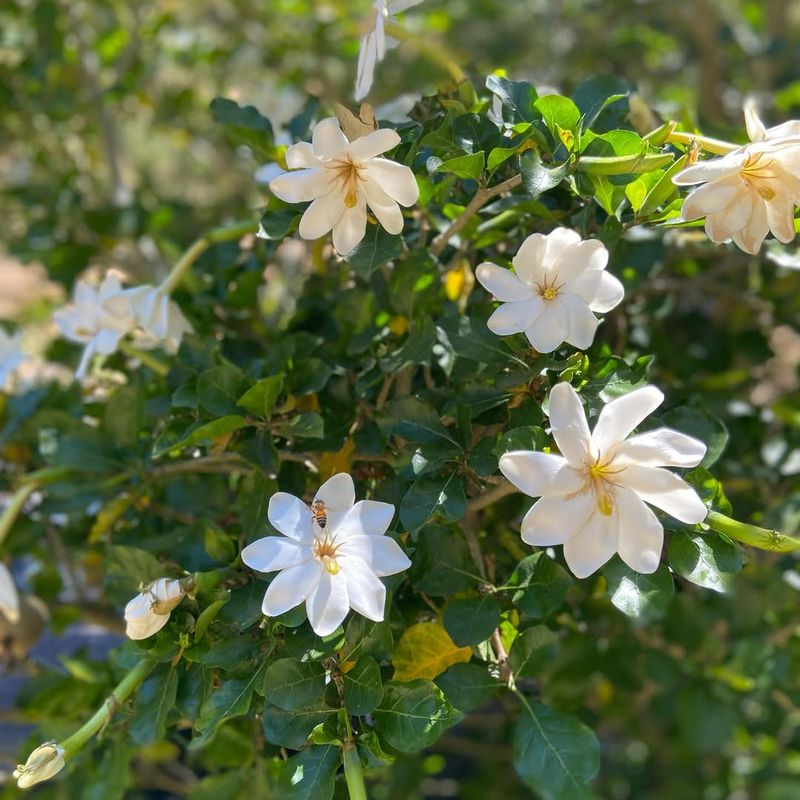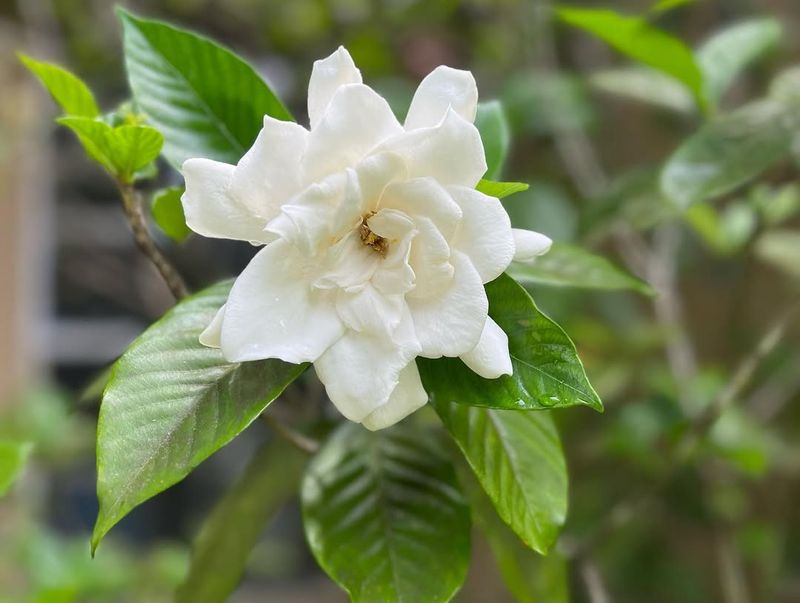Florida’s warm winters may feel like a gentle nudge from nature, and gardenias certainly take the hint.
While gardeners elsewhere tuck their blooms in for the season, Floridians enjoy fragrant white flowers long after the calendar insists they should be gone.
With just a few smart habits, homeowners can coax gardenias into squeezing out every last bloom, turning winter nights into sweet-scented evenings.
When you play your cards right, these beauties don’t just survive the season, they steal the show all the way through it.
Strategic Fertilization Before Cold Arrives
Feeding gardenias properly in fall sets them up for winter success.
Many Florida gardeners apply a slow-release, acid-loving plant fertilizer in late October or early November.
This timing gives plants the nutrients they need without encouraging tender new growth that cold might damage.
Phosphorus-rich formulas work especially well because they promote flower bud development rather than just leafy growth.
Stopping fertilization by December prevents problems while earlier feeding supports blooming energy.
Mulching To Maintain Root Warmth
A thick layer of organic mulch acts like a cozy blanket for gardenia roots during chilly nights.
Pine bark, wood chips, or pine straw spread three to four inches deep around the plant base helps soil retain warmth and moisture.
This protective covering also prevents temperature swings that stress plants and interrupt blooming cycles.
Keep mulch a few inches away from the trunk to avoid rot issues.
Refreshing mulch each fall becomes a simple habit that pays off with healthier, more resilient plants.
Consistent Watering Without Overdoing It
Gardenias need steady moisture to keep producing flowers, but waterlogged soil spells disaster.
Smart Florida homeowners check soil moisture before watering by sticking a finger two inches down into the ground.
When it feels dry at that depth, it’s time to water deeply and thoroughly.
Winter typically requires less frequent watering than summer, maybe once or twice weekly depending on rainfall.
Drip irrigation or soaker hoses deliver moisture efficiently without wetting foliage, which can invite fungal problems during cooler weather.
Providing Frost Protection On Cold Nights
Even in Florida, occasional cold snaps threaten gardenia blooms and buds.
Experienced gardeners keep frost blankets or old bedsheets handy for nights when temperatures might dip below 40 degrees.
Covering plants in the evening and removing covers in the morning prevents frost damage without overheating plants during sunny days.
Some people also use Christmas lights wrapped around bushes for gentle warmth.
This extra effort protects developing flower buds that would otherwise turn brown and drop off after freezing.
Choosing Microclimates For Maximum Warmth
Location makes all the difference when growing winter-blooming gardenias in Florida.
Planting near south-facing walls, under tree canopies, or close to the house creates warmer pockets that extend the blooming season.
These spots trap daytime heat and release it slowly overnight, keeping plants several degrees warmer than exposed areas.
Avoid planting in low spots where cold air settles on frosty mornings.
Observing your yard’s temperature patterns helps identify the best spots for these temperature-sensitive beauties.
Pruning At The Right Time
Timing your pruning makes or breaks winter flowering success with gardenias.
Florida gardeners know to finish major pruning by late summer, giving plants time to set flower buds for winter and spring.
Cutting back gardenias in fall or winter removes the very buds you want to bloom.
Light removal of spent flowers is fine anytime, but save heavy shaping for July or August.
This schedule respects the plant’s natural blooming cycle and maximizes flower production during cooler months when blooms last longer.
Maintaining Proper Soil Acidity
Gardenias are picky about soil pH and won’t bloom well in alkaline conditions common in parts of Florida.
Testing soil annually and adjusting pH to stay between 5.0 and 6.0 keeps plants happy and flowering.
Adding sulfur or using acidic fertilizers helps lower pH when needed.
Yellow leaves with green veins signal iron deficiency caused by incorrect pH, which stops flowering cold.
Regular soil amendments with compost, peat moss, or coffee grounds naturally maintain the acidic environment gardenias crave for continuous blooming.








